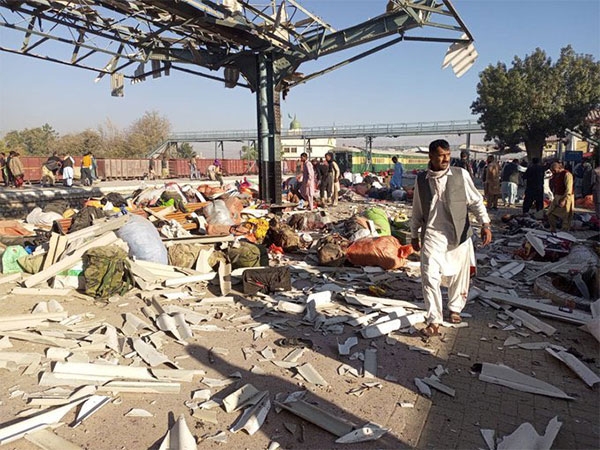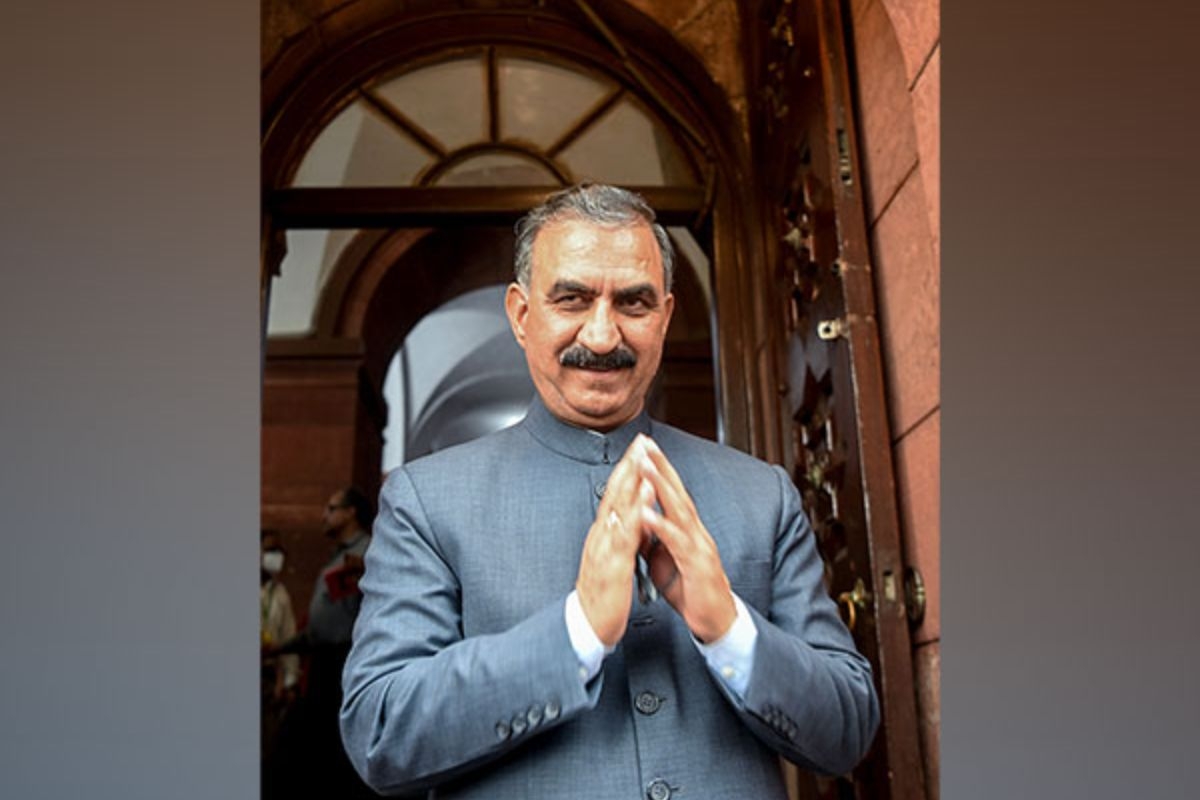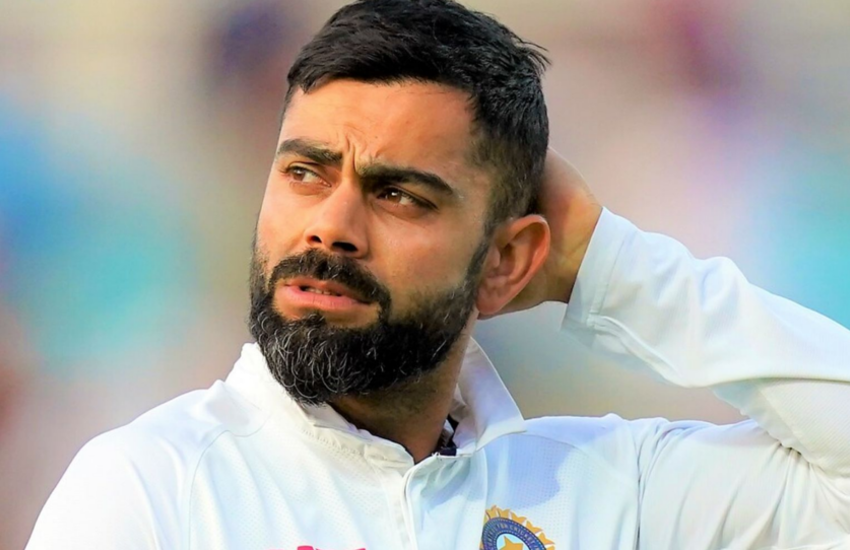
In a landmark step to combat climate change around 200 nations including India settled on a deal on 15 October to cut the use of hydrofluorocarbons (HFCs).
The substance, which is commonly used in refrigeration and air-conditioning, traps thousand times more heat in the earth's atmosphere than CO2.
The 15 October agreement has been named the Kiglai Amendment, as it was negotiated in the Rwandan capital.
Also Read: India inks historic deal to phase down climate-damaging HFCs
Negotiators and policymakers held intense deliberations to iron out differences concerning the amendment to the Montreal Protocol to reach the Kigali Amendment to phase down the use of hydrofluorocarbons (HFCs).
What is the Montreal Protocol?
The Montreal Protocol on Substances that deplete the Ozone Layer is a landmark international agreement designed to protect the stratospheric ozone layer. The treaty was originally signed in 1987 and substantially amended in 1990 and 1992.
Here's all you need to know about the historic negotiation to phase out the green house gases:
1. HFCs (hydrofluorocarbons) were introduced in 1980s and are currently the world's fastest growing greenhouse gases. If implemented properly, the move will prevent up to 0.5 degrees celsius of global warming by the end of the century. This is also equal to curbing the entire world's fossil-fuel carbon dioxide (CO2) emissions for more than two years. National Resource Defence Council's director David Doniger estimates that the move will avoid the equivalent of more than 80 billion tons of CO2 over the next 35 years.
2.The growth of sale of air conditioner and refrigerator in emerging economies like India and China the danger has increased. HFCs are also found in inhalers and insulating foams.
3. HFCs emissions increase by up to 10% each year. They are also one of the most powerful gases, trapping thousands of times more heat in the earth's atmosphere than carbon dioxide (CO2).
5. Around 100 countries, including China, the world's top carbon emitter, will start taking action by 2024.
6. Countries including India - the world's third-worst polluter - Pakistan and some Gulf states will start taking action in 2028. The countries have secured four more years, seeking time to develop their economies.
7. Developed countries will begin the cuts from 2019. However, the US, the European Union and other countries have already started working on cutting out green house gases.
8. India has said that it will freeze its HFC production and use by 2028 (two years before its previous proposal). China, Brazil, South Africa, Argentina and over 100 other developing countries have committed to freeze their HFC production and use by 2024.
9. By late 2040s, all countries are expected to consume not more than 15-20% of their respective baselines, the UN Environment Programme (UNEP) has said.
10. Durwood Zaelke, president of the Institute for Governance and Sustainable Development said that this is the "largest temperature reduction ever achieved by a single agreement."







![BJP's Kapil Mishra recreates Shankar Mahadevan’s ‘Breathless’ song to highlight Delhi pollution [WATCH] BJP's Kapil Mishra recreates Shankar Mahadevan’s ‘Breathless’ song to highlight Delhi pollution [WATCH]](https://images.catchnews.com/upload/2022/11/03/kapil-mishra_240884_300x172.png)

![Anupam Kher shares pictures of his toned body on 67th birthday [MUST SEE] Anupam Kher shares pictures of his toned body on 67th birthday [MUST SEE]](https://images.catchnews.com/upload/2022/03/07/Anupam_kher_231145_300x172.jpg)






